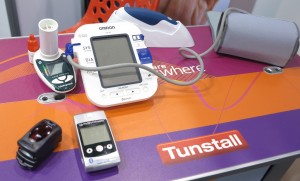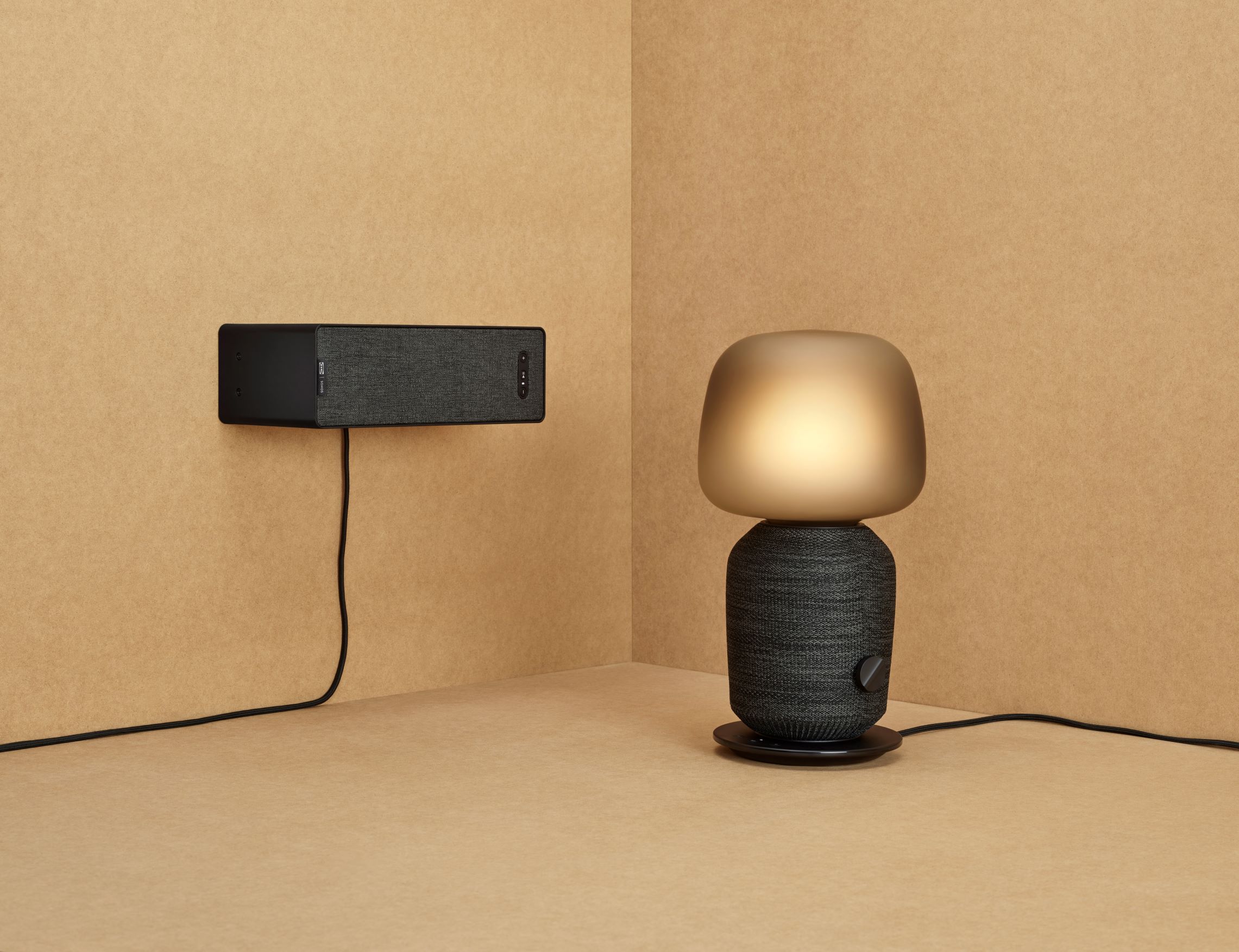Article
FDA draws line between wearable health gizmos and proper medical gear | The Register
My Comments

FDA to be able to qualify wearables like this Sony Smart Band to a standard acceptable for general wellness
As the market fills up with more wearable gizmos that measure our health, health-protection and consumer-protection authorities need to step in to properly and independent qualify a device’s health or wellness abilities.
Here, the US Food and Drug Administration have defined two levels of classification for these devices. They will have one, known as “general wellness”, which will cover measuring heart rates, distance walked and similar parameters that one needs to know about staying well. This is compared to a higher level for equipment needed to diagnose or cure illnesses. The differences that would be highlighted would be that the higher level is that the device is subjected to rigorous testing to be sure it can show consistently-accurate measurements and operate in a consistently-reliable manner.
They see this more as a line in the sand between something you could buy off the shelf and use at home versus a medical machine that is used as part of clinical treatment.
A question that may be raised is if a device is being used as part of medical supervision and monitoring, especially for a chronic illness is whether a “general wellness” class of device would be considered suitable for this application rather than a fully-qualified clinical-grade health-monitoring device. This could be seen as being of issue when it comes to in-home monitoring of diseases like, especially, diabetes where the patient’s blood sugar levels are to be monitored constantly.
Another question that has to be raised is if a device is dependent on extra software such as devices that work according to the “app-cessory” model, whether the software would be tested to see if it is compliant for medical-grade or general wellness use. This is more so as an increasing number of medical devices in the hospital and home are dependent on external computing power or there is the increased use of “software-only” diagnosis functionalities like Webcam-based machine-vision to measure one’s pulse using a computer or smartphone.
This issue may be worth investigating further by other health authorities and consumer-protection authorities especially when it comes to classifying devices that are pitched for personal healthcare.




